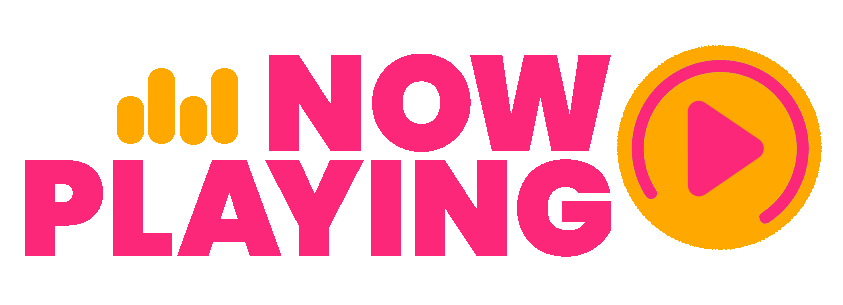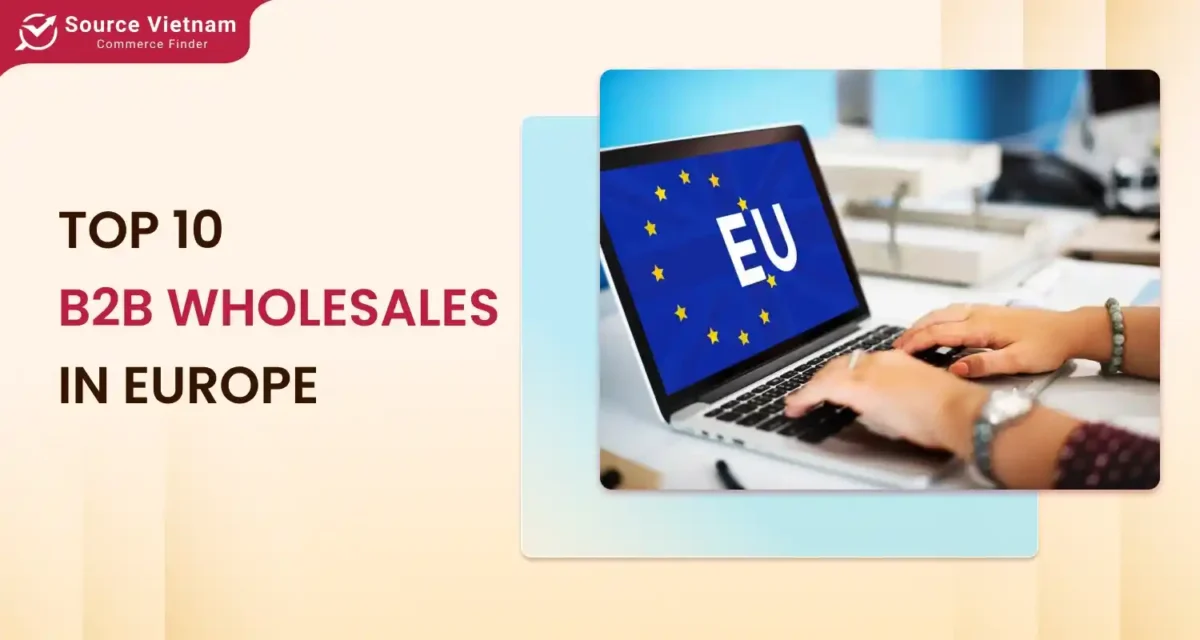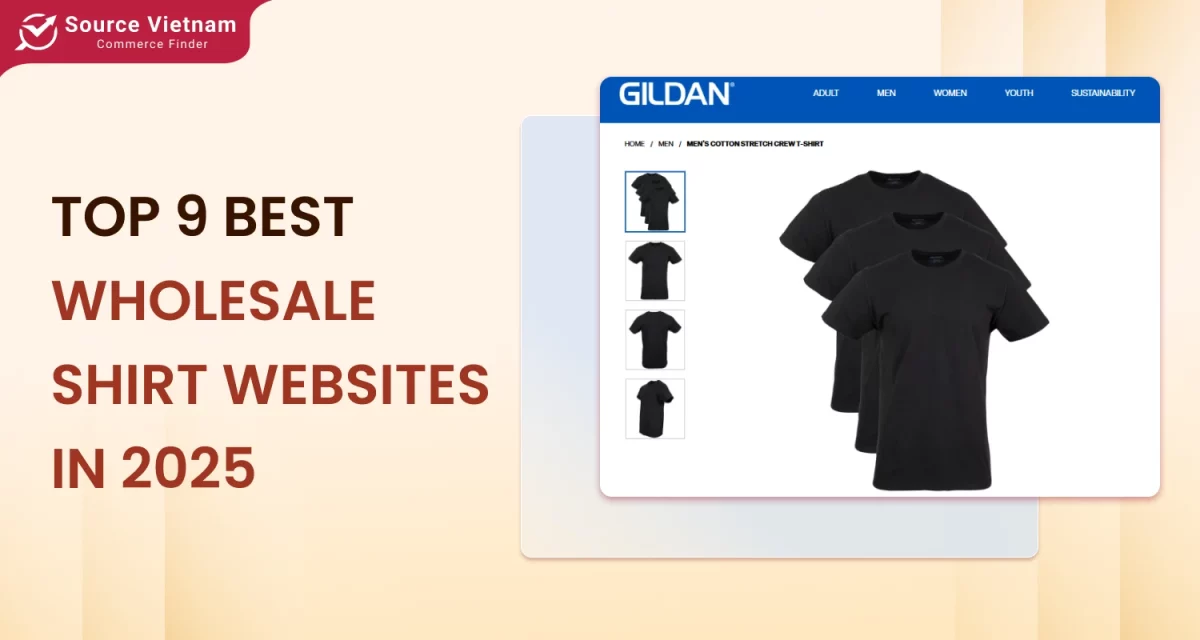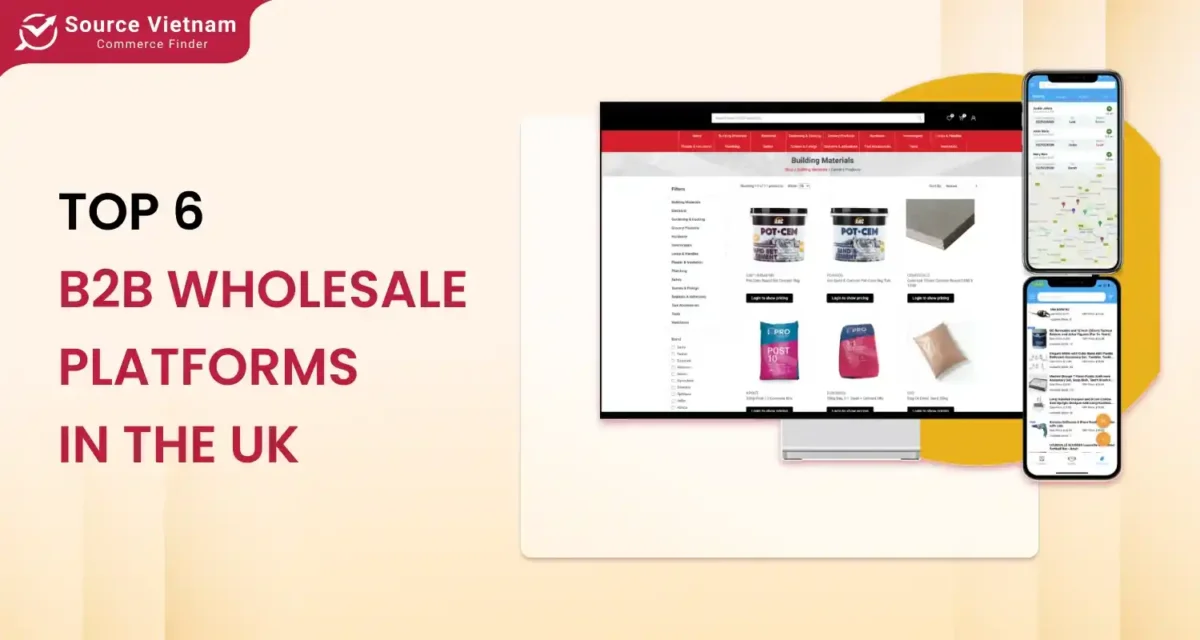B2B marketing targets businesses with a focus on value and ROI. Key strategies include account-based marketing, content creation, and SEO. Emerging trends like AI and personalized automation are crucial for success in 2025 and beyond.

By 2025, B2B global competition will be more prevalent, enhanced by digitization and altered purchasing patterns. You need a suitable, productive marketing plan to complement your resources and business goals. Continue reading the article to know what is B2B marketing strategy, how to appropriately implement it, and the in-real-time trends of 2025 to ace the marketing game.
What is a B2B marketing strategy?
Business-to-business marketing, also known as B2B marketing, is any marketing strategy for selling products or services to other businesses. Though B2B and B2C marketing may share the same goal of generating revenue, they differ significantly in approach.
Whether you’re a business owner or just a person who is curious about the differences between these two types of marketing, continue to read in the next section.
B2B vs. B2C marketing
First, start by questioning your target audience. For folks who want to connect with one person, using B2C tactics is the best option. However, B2B marketing would be the best way to promote to other companies.
Different audiences, different messages. In B2C, customers are individuals driven by impulsive purchases. Hence, they will care more about emotional and attractive campaigns. Contrary to this, B2B marketing elaborates on the products’ actual value: revenues or conversion rates. About B2C marketing, the strategies utilized in B2B marketing also vary drastically. The customer’s attention is attracted by the creative and entertaining content in the case of B2C marketing. Meanwhile, B2B marketing tactics embrace informative content revolving around their direct benefits to nurture leads.
| B2B Marketing | B2C Marketing | |
| Target audience | Businesses (e.g., wholesalers, retailers) | Individual consumers |
| Message | Realistic value (e.g., ROI, customer lifetime value, conversion rates) | Emotional value relating to the desires, preferences, and lifestyles of customers |
| Tactics | Informative and educational content | Promotions, creative and entertaining content |
Read more: Difference Between B2B and B2C?
Top B2B marketing strategies for 2025

Account-based marketing (ABM)
Account-based marketing aims to concentrate resources on high-value accounts to make each step as efficient as possible in B2B businesses. After all, who wants to waste their time working through unqualified leads? Much more than marketing to the masses, ABM enables businesses to create unique experiences for potential leads and build paying customers.
Main benefits:
- Increase ROI: By targeting qualified leads, businesses can tailor their strategy to meet customers’ demands for a higher revenue potential.
- Tighten customer relationships: Everyone loves customized messages that tap into their insights. Fewer customers mean enterprises have time to address specific pain points, leading to a consistent and thoughtful customer experience, a prerequisite for customer retention.
- Streamline sales cycle: Focusing solely on the potential accounts can streamline the sales cycle, enabling you to close deals faster.
Content marketing
Content marketing is indispensable in B2B marketing while building brand awareness and nurturing customer relationships. The most common types of B2B content marketing entail real case studies, white papers, educative blog posts, and ebooks.
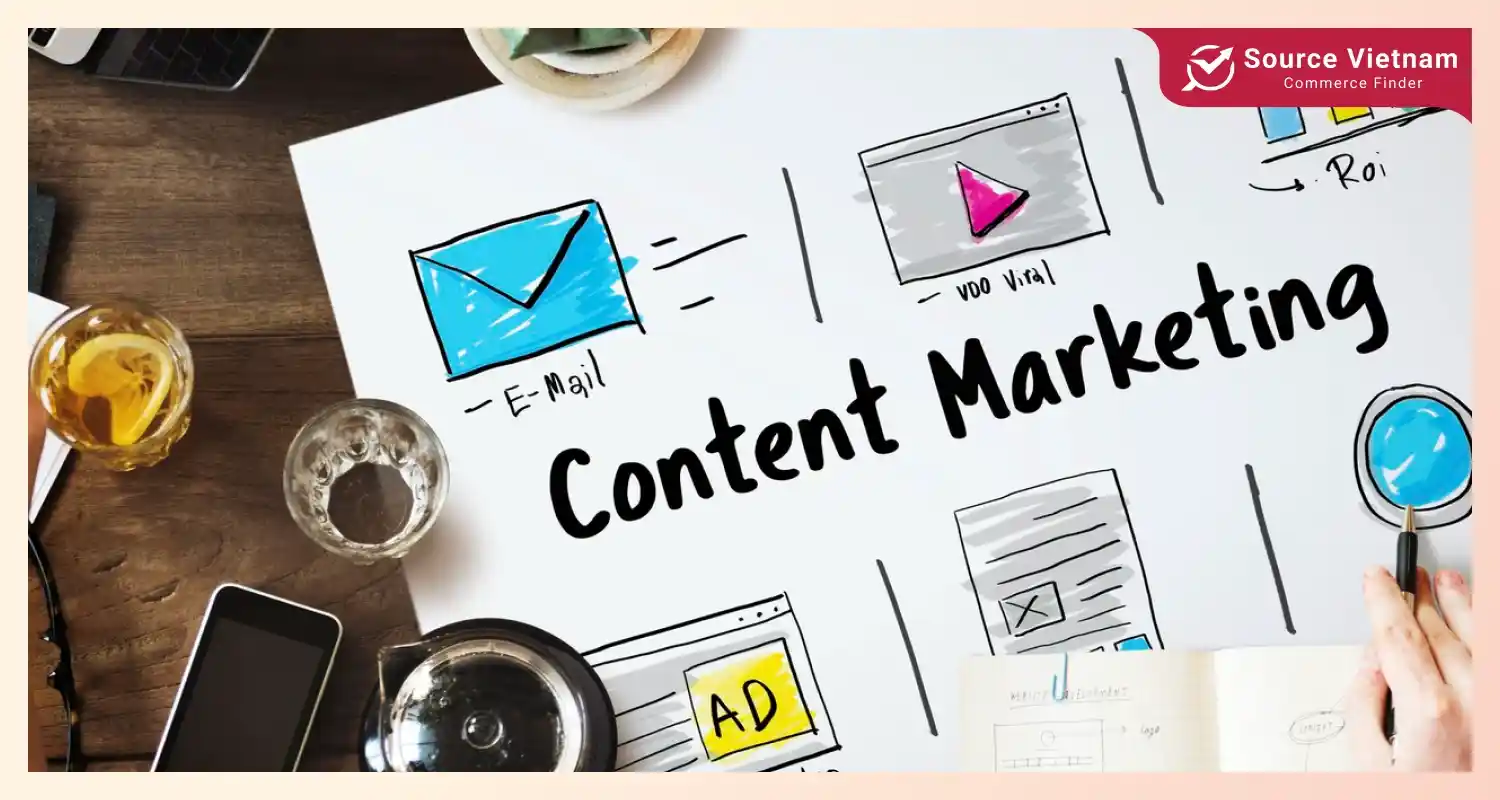
Main benefits:
- Build brand awareness: Providing content on social platforms is an efficient way to reach a wider audience.
- Generate leads: B2B content marketing enables businesses to connect with others professionally, gaining qualified leads much more efficiently.
- Establish trust: Foster the reliability of your businesses with other business partners and professionals by crafting valuable content.
SEO for B2B businesses
In a competitive market, enhancing your online presence brings tremendous advantages. Investing in search engine optimization (SEO) will help B2B enterprises become more discoverable and gain more traffic. SEO brings diversity to your businesses, from increasing your search engine ranking by incorporating relevant keywords and links, optimizing your website structure, adding meta descriptions, and better loading speeds.
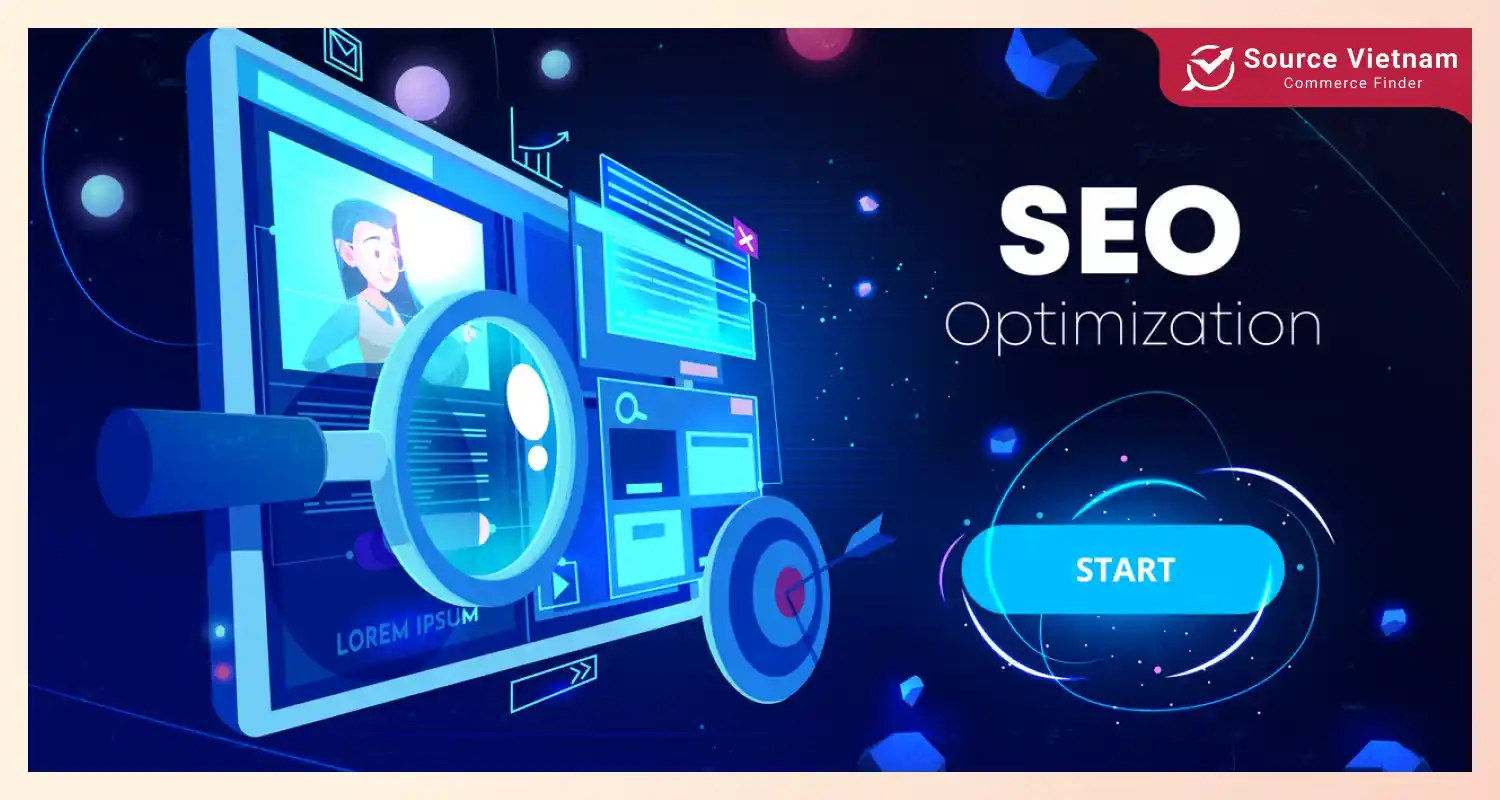
Main benefits:
- Increase conversion rates: With B2B SEO marketing, targeted visitors coming to your website will increase and may take whatever desired action.
- Enhance brand credibility: Websites with high rankings tend to impress customers as reliable and authoritative.
- Cost-effective: SEO marketing can save more money than traditional marketing strategies.
Social media marketing for B2B
Social media is one of the most important tools in the digital era, helping businesses remain ahead of their competitors. There are many types of social media, like Facebook, Twitter, and Instagram, among others. When it comes to B2B companies, among the most used social media is LinkedIn since it is professional. Some effective marketing strategies on LinkedIn for B2B will involve researching your target audience, establishing clear goals, and frequent engagement with your audience.
Email marketing
With all the hype surrounding social media, email marketing remains a basic function of B2B marketing. Content should be personal and information-based, but based on more points, one could better their B2B marketing strategy: call-to-action, subject line, and visuals.
Paid advertising
Paid advertising means that businesses will pay to promote their services or products. Unlike organic tactics, this method assures your brands are visible in certain places on digital platforms. Some examples of paid advertising are Google Ads, LinkedIn Ads, Facebook Ads, etc.
How to create an effective B2B marketing plan?
To grow your business, you must establish a solid plan that effectively integrates all the B2B marketing strategies. Though some differences are based on your type of business, check the guide below for basic steps to build a winning B2B marketing plan.

Define your target audience
- Who is your target market?
- What are their demographics, insights, and purchasing behaviors?
Figure out these key points before jumping into the planning phase. Instead of demographics, in B2B, we would consider firmographics encompassing the company’s size, location, industry, annual revenue, etc. After that, break your target business into multiple stakeholders: identify their needs, preferences, and purchasing behaviors. This information would be a valuable source of information for detailed buyer personas, enabling you to deeply understand the target audience.
Set your goals
Regardless of your industry, remember to determine your business objectives and goals, from gaining leads and increasing brand awareness to increasing website traffic. These are the benchmarks to track your results and evaluate the efficiency of your B2B marketing strategies.
Choose suitable B2B marketing tactics
Spend time considering which marketing tactics are most appropriate for your business. Look at the above B2B marketing strategies and their benefits, then compare them to the B2B buying journey of customers, your business goals, and current resources to apply the most suitable ones.
Align sales and marketing teams
Sales and marketing often have distinct responsibilities in an organization, which might lead to conflicts when executing plans on a large scale. Therefore, it’s vital to connect these two departments to deliver a consistent message and save your resources.
Then, how can we align sales and marketing teams? The two teams should collaborate to develop a shared B2B strategy and customer persona and align their goals and KPIs.
Examples of successful B2B marketing campaigns
The concept of B2B marketing may sound theoretical, so it’s time to look at some innovative B2B marketing examples and get inspired. Here are two real-world examples with key lessons to inspire your strategies.
“Every second counts” – IBM
With “Every second counts”, IBM wants to emphasize the importance of business resilience when facing cyber disruption. The brand released 2 short films showcasing how companies in the logistics and finance industries recover after cyber threats. Through the stories in the videos, IBM also positions itself as the top choice when dealing with cyber disruption.
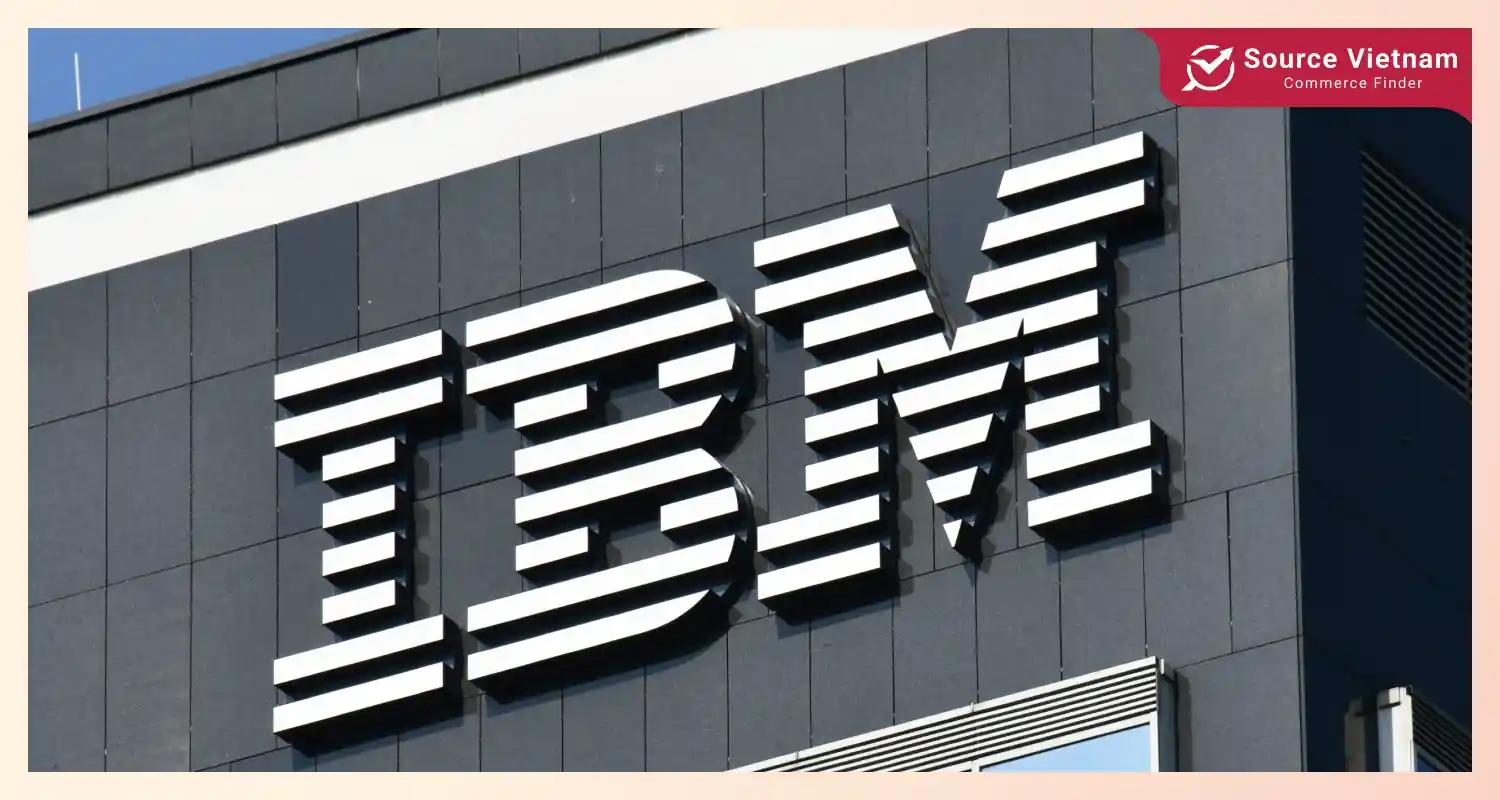
Key lesson:
- Social media integration: IBM deploys its campaign across multiple social channels (LinkedIn, X, Instagram), maximizing its reach to B2B companies.
- Creative approach: The campaign features emotional and compelling videos showcasing the benefits IBM provides engagingly.
- Customer relevance: The campaign taps into a common consideration of companies for data security and provides a direct solution, solidifying the impact of IBM in the technology industry.
“Wrapped for Advertisers” – Spotify
Spotify’s Wrapped campaign is familiar to Spotify users. Since 2015, Spotify has treated every music lover with a look back on their music journey over one year. Inspired by this successful campaign, Spotify has released a special version of Wrapped for Advertisers, where marketers can explore insights into music preferences. The campaign highlights key music trends, emphasizes upcoming opportunities, and provides a deep understanding of music listening patterns.
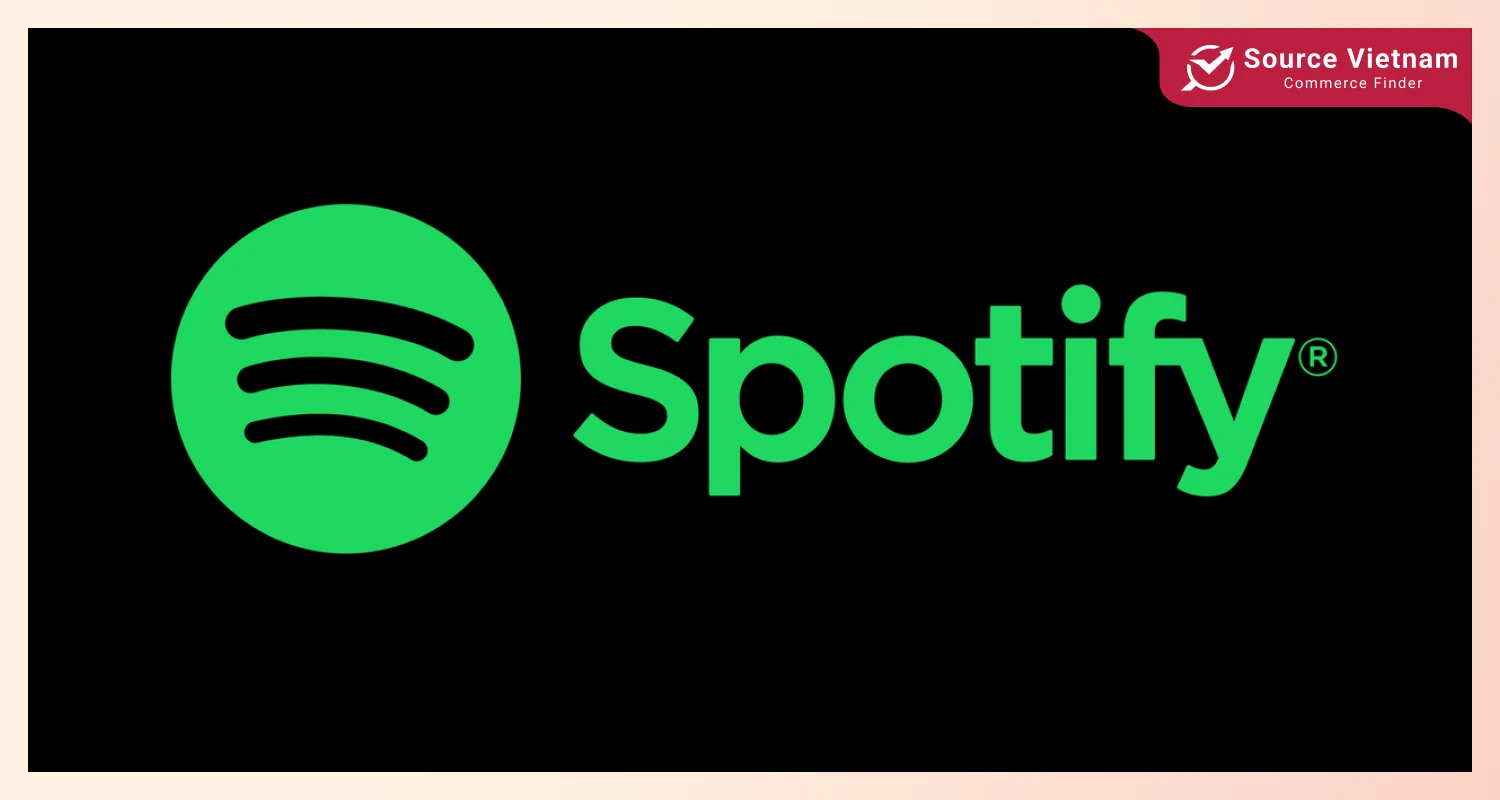
Key lesson:
- Integrate B2B offering: Spotify seamlessly incorporates its Spotify Advertising into the campaign, utilizing existing customer recognition to promote its service.
- Provide data-driven facts: Spotify provides valuable insights from real data while highlighting the key points advertisers should notice, significantly strengthening the brand’s credibility.
- Stay relevant: Spotify taps into advertisers’ insights and takes advantage of seasonal trends, proving that the brand deeply understands its target audience.
Measuring success in B2B marketing
A marketing plan is insufficient; you must track and optimize your performance. But which metrics do you need to measure? Don’t worry; continue reading, and we will explore the key performance indicators (KPIs) for tracking success.
- Lead generation: Lead generation demonstrates the process of gaining potential leads who have a high chance of purchasing your products. Track the number of leads and assess the quality of your leads to improve your marketing channels.
- Conversion rates include several visitors who have taken a desirable action, such as leaving information or making a purchase. These are considered more successful strategies the higher the conversion rate is.
- Return-on-investment (ROI): ROI measures the monetary value of your campaign, calculated as (net profit/cost of investment) x 100. This metric is essential to evaluate the efficiency of your strategies.
You can use tools like Google Analytics, CRM systems, and marketing automation software (e.g., Omnisend, Mailchimp, etc.) to understand customers and optimize your marketing channels.
Emerging B2B Marketing Trends for 2025
2024 is ending, but it is never too late to understand and implement those trends into your competitive and efficient marketing strategy for this year and beyond. Stay ahead with these leading B2B marketing trends and win over the competition:

- Artificial Intelligence (AI): With the existence of AI, companies can gain more in-depth insights into customers, enabling them to create solid connections with their partners. AI also allows real-time measurement for timely adjustment.
- Data-driven marketing: Thanks to data, companies can understand current trends and customers’s purchasing behaviors more deeply while predicting future trends for further plan development.
- Personalized marketing automation: Utilize AI and data-driven tactics; businesses can craft customized content for each stakeholder, from emails to blog content and ads. Automation allows them to save time and resources for other activities.
Take your time to research and embrace these innovations. As we navigate to a new future of marketing, these approaches will become key components to the growth and success of your business.
Conclusion
We have gone through all the necessary points you need to know about what is B2B marketing strategy. Choosing the right approach for B2B marketing is essential for achieving long-term growth. Consider your target audience and business objectives, then establish a detailed and focused marketing plan. Finally, “to begin is half the work”! Start refining your B2B marketing strategy today with these actionable steps!
FAQs
What are the Best B2B marketing channels?
Depending on each type of business, there are different appropriate marketing channels, but take these examples as references: Account-based marketing (ABM), content marketing, search engine optimization (SEO), social media marketing, email marketing, and paid advertising.
How can I measure the success of my B2B marketing strategy?
Utilize lead generation, conversion rates, and ROI to evaluate your B2B marketing strategy.
What is the role of account-based marketing in B2B?
- Increase ROI: By targeting qualified leads, businesses can tailor their strategy to meet specific demands with a higher revenue potential.
- Tighten customer relationships: Fewer customers means companies have time to address specific pain points, leading to consistent and thoughtful customer experience.
- Streamline sales cycle: As companies only focus on the accounts that tend to convert, they can significantly reduce the time to close deals.
What’s the difference between inbound and outbound B2B marketing?
Both inbound and outbound B2B marketing are essential, we would say. However, these two terms might be mistaken and unclear for newbies in the B2B market; hence, here are the key differences that you should keep in mind:
Inbound B2B marketing:
- Approach: Attract customers with engaging and valuable content that solves their pain points and meets their demands.
- Channels: SEO, landing page, social media, email, blog, etc.
- Objectives: Craft personalized, consumer-centric content to build solid relationships with target customers.
Outbound B2B marketing:
- Approach: Send brand messages more broadly, sometimes interruptedly, to promote products or services.
- Channels: Print advertising, cold calling, billboards, TV commercials, etc.
- Objectives: Reach a large audience, increase brand awareness, and generate leads immediately.

